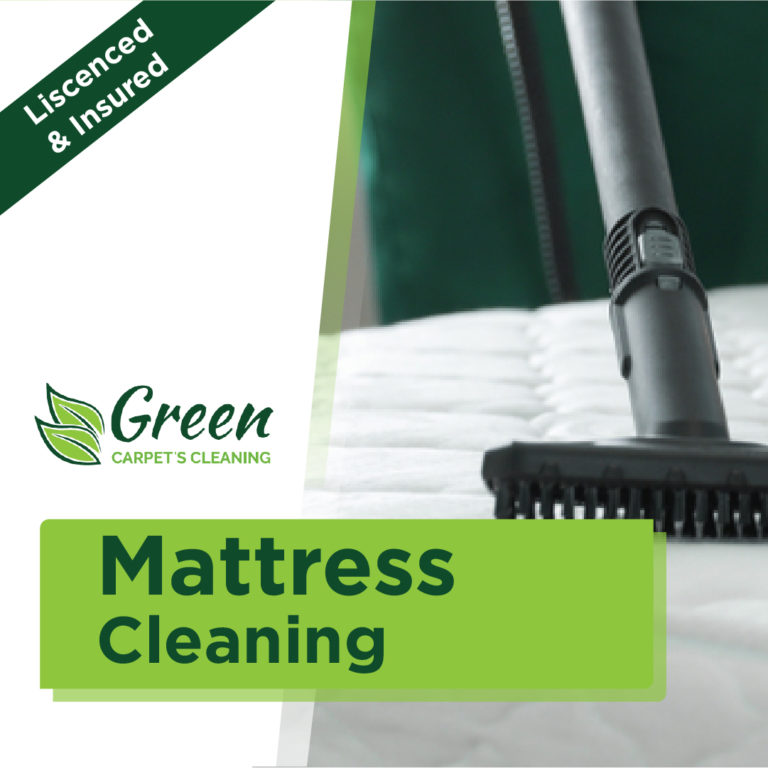WHICH DRAPERY FABRICS ARE WASHABLE VS. DRY CLEAN
Drapery Cleaning in Thousand Oaks — Drapery is often failed by homeowners when it comes to its regular upkeep. We tend to care about our rugs, while another upholstery is left to chance. No doubt nearly all drapery fabrics need dry cleaning and specialized care, which explains precisely why we often dismiss them.
Nevertheless, you might be surprised to find that a few curtains and drapes can be laundered at home! So, read on to determine which common cosmetic and fabrics are washable and which must be dry cleaned.
Why Does it Matter Whether You Wash or Dry Clean Your Own Drapes?
The routine and proper cleaning of fabrics is vital for many reasons. If forgotten, not only do they seem unpleasant and dirty, but could also become a issue for those who have allergies. If the majority of drapery fabrics don’t look that delicate, we must look after them correctly in order to stop shrinking, stretching, and pulling, guided an expert from Fantastic Services. Drapes are measured to hang a distance or to puddle on the ground. Washing a clean only cloth may modify the appearance of your curtains or completely ruin the cloth.
Are subject to those distortions. You have to launder curtains made solely from fabrics to reduce shrinkage. Should you use a machine clean them and use the delicate cycle of the laundry system, but DO NOT dry them there. Letting delicate fabrics to hang from a point to dry is problematic, as drapery can elongate, distorting shape or the pattern. Lay the drapery level to keep their appearance and maintain the quality.
Which Fabrics Could You Wash at Home?
Some fabrics will need to be washed by hand, though others can be put by you in a machine. Cotton and linen can be cleaned in water or on the cycle, but only if they are unlined. Stronger fabrics such as nylon and polyester can be washed in a machine and by hand, together with wool and cashmere. Bear in mind that nylon and cotton fibers become degraded from dry cleaning solvents washing them by hand or in a machine isn’t just an alternative. It is the only real way to clean them. Polyester fabrics don’t need to wash and may be hung right after you clean them.
Silk fabrics may also be hand-washed.
Most times, this material’s color is the one to ascertain if hand-washing is secure. Colors — and colors that you’re convinced won’t bleed — may be cleaned that way. If you treat this sort of fabric, use hand motions that are gentle and mild dishwashing soap. Otherwise, dry clean silk substances.
Your curtains vacuum them first.
You’ll also need to pre-treat spots or any spots using a solution. There are several distinct types of detergents, depending on the type of cloth, so be sure to choose the correct one for your drapery. The substance will be helped by A little lukewarm water. Follow the package instructions of your remover and permit the item to sit down for the amount of time.
If your drapery is suitable for machine or hand washing, always do a check on a small region of the cloth to make sure it’s color-fast. Dip a corner at a mixture of water and the detergent. If the color begins to bleed, you need to hunt for a different cleaning alternative. Remember that each cloth includes a list of instructions where you could observe the means of cleaning. Often, even when drapery itself is acceptable for washing, the lining isn’t.
To drapery fabric,
Soak it in a sink, tub or a bucket filled with detergent and water.
Let the cloth simmer for 30 minutes.
Gently squeeze the water out, being careful to not use too much force so you don’t accidentally wrinkle cloths that cannot be pressed, like velvet and cotton. Some cloths could be ironed while still moist, to eliminate wrinkles. If you’re unsure, eliminate from fabrics.
Which Fabrics Must be Dry Cleaned?
Some drapery fabrics just can’t be washed in the home. Drapes with additional vases, beading, a lining or complex pleating should remain dry cleaned. Tapestry fabrics, furs velvet, delicate synthetics such as rayon, taffeta, satin, suede, and brocade are among the fabrics that must be dry cleaned.
You may also need to dry-clean items that are excessively soiled or stained. Remember, it is always wiser and safer to dry-clean drapes when you aren’t confident you can remove stains. There is if you fail to remove a blot at home.
Most drapes have a care label that lists the fabric and washing instructions. If your drapes are hand sewn or second hand, a cloth store or a experienced dry cleaner ought to have the ability to identify the material and determine the proper care for it. Whatever fabric your drapes are made of, find out how to maintain and properly clean them in order to maintain the appearance of your property.
Dirty Drapes Can I Wash Dry Clean Only Curtains in Thousand Oaks
Why Are Custom Drapes So Expensive in Thousand Oaks














